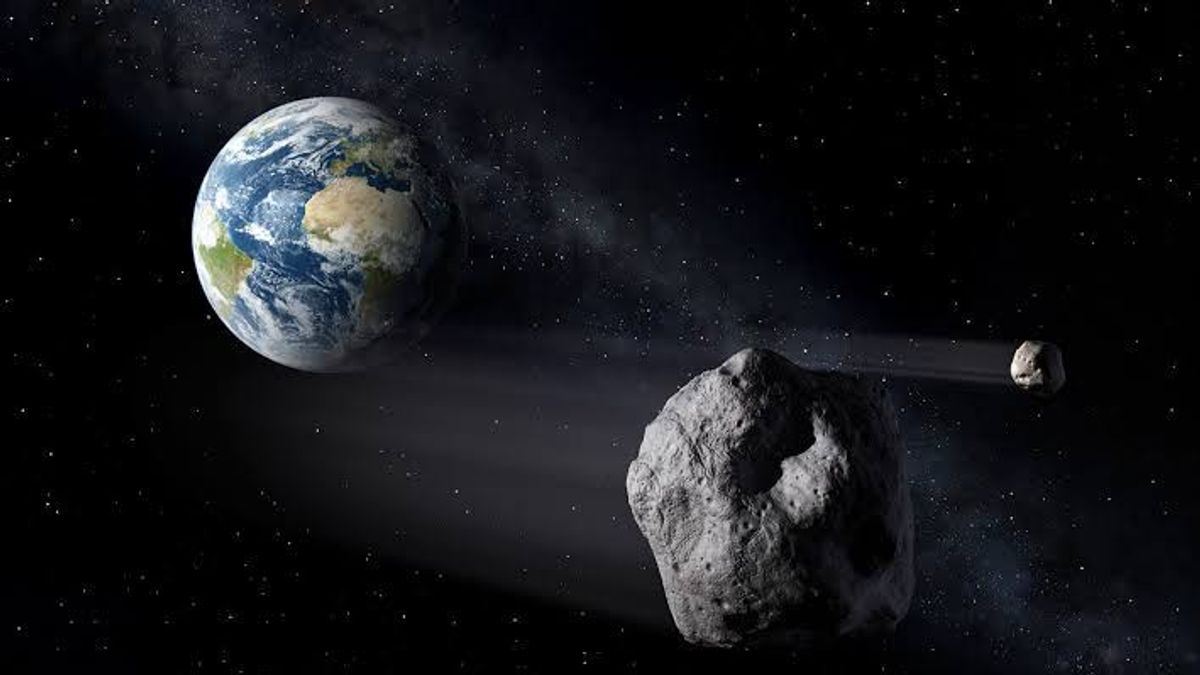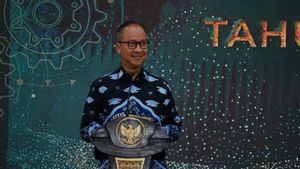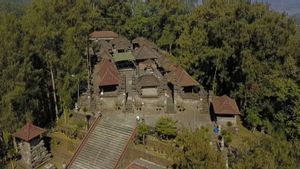A potentially dangerous asteroid has been identified using a new algorithm, designed to uncover asteroids or near-Earth Objects (NEOs).
The algorithm, called Helio Linc3D, comes from the Vera C. Rubin Observatory, in Chile's Andes, South America, aimed at scanning the sky for the next 10 years.
The Rubin Observatory is not yet operational, but it has been scheduled for 2025. He will rely on a 3.2 gigapixel camera to do the imaging. With a width of 5.5 feet and a length of 10 feet, this is the largest digital camera ever created.
Helio Linc3D was developed by Ari Heinze, a researcher at the University of Washington and Siegfried Eggl, now a professor at the University of Illinois Urbana-Champaign. The algorithm is capable of finding data on asteroids that may be scattered throughout observations of a few days from a single satellite.
Before starting its mission, Helio Linc3D was tested using a dedicated Asteroid Terrestrial Impact Last Alert System (ATLAS) telescope in Hawaii, USA, and found a 600-foot-long asteroid named 2022 SF289.
Currently, the asteroid 2022 SF289 is about four times the Earth from the Sun. But the celestial body swing past Earth on the opposite side of its orbit, classifying it as a potentially dangerous asteroid or PHA.
Initially, the ATLAS Telescope began observing since September 19, 2022, but was only caught once that night. Fortunately, the asteroid was found three more times on two separate nights, and Helio Linc3D could draw up puzzles to find asteroids hiding in plain sight.
Indeed, 2022 SF289 is included in the potentially dangerous category asteroid, but it is not a threat, although its orbital path will carry it within 140,000 miles of Earth, it does not appear to have an impact on the planet at any time in the future.
另请阅读:
"By demonstrating the effectiveness of the real-world software Rubin will use to search for thousands of potentially dangerous asteroids that are not yet known, the discovery of 2022 SF289 makes us all safer," said Heinze.
Scientists only estimate that from its length, the asteroid is likely to be devastating, but not a major disaster, as quoted by Gizmodo and various sources, Wednesday, August 2.
"This is just a small part of what was expected with the Rubin Observatory in less than two years, when the Helio Linc3D will find objects like this every night," said the scientist at the Rubin Observatory, Mario Jury.
"From Helio Linc3D to AI-assisted code, the discovery of the next decade will be a story of progress in algorithms as well as in large new telescopes," he continued.
The English, Chinese, Japanese, Arabic, and French versions are automatically generated by the AI. So there may still be inaccuracies in translating, please always see Indonesian as our main language. (system supported by DigitalSiber.id)


















